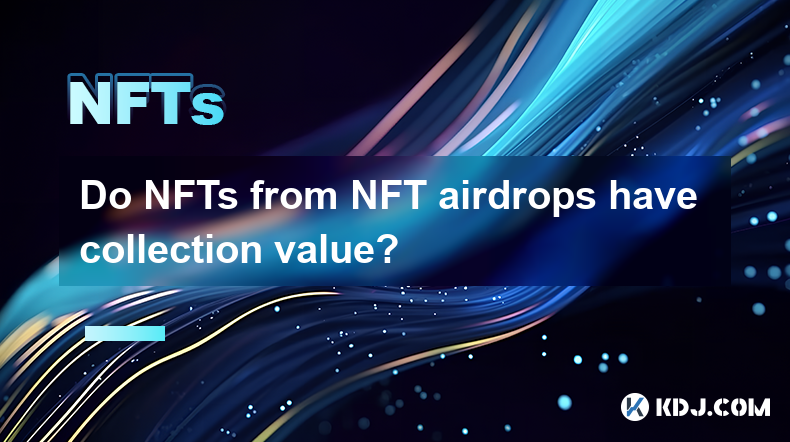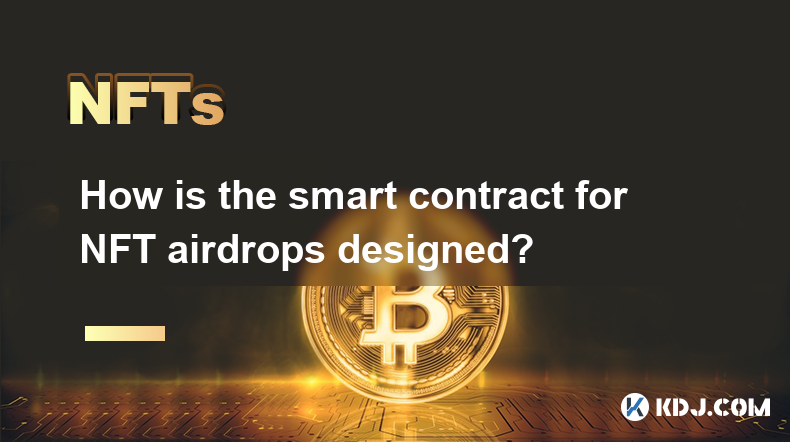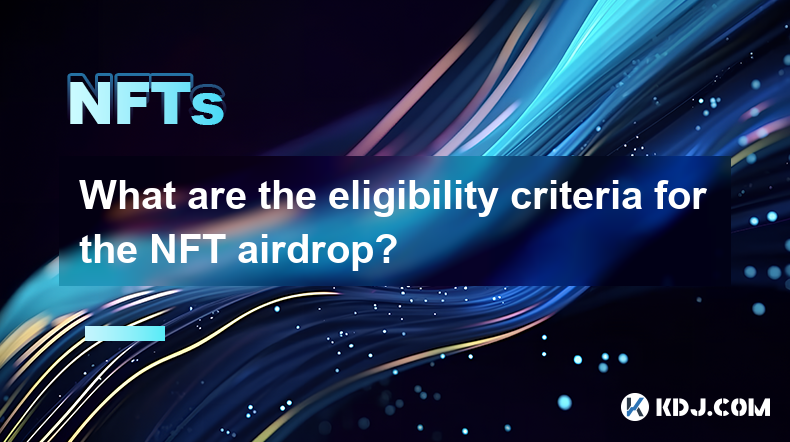-
 Bitcoin
Bitcoin $85,053.4987
0.47% -
 Ethereum
Ethereum $1,604.0688
1.50% -
 Tether USDt
Tether USDt $0.9997
-0.01% -
 XRP
XRP $2.0888
1.22% -
 BNB
BNB $593.1504
0.71% -
 Solana
Solana $138.4195
3.26% -
 USDC
USDC $0.9999
-0.01% -
 Dogecoin
Dogecoin $0.1597
3.11% -
 TRON
TRON $0.2415
-1.60% -
 Cardano
Cardano $0.6329
3.08% -
 UNUS SED LEO
UNUS SED LEO $9.2888
0.62% -
 Chainlink
Chainlink $12.7878
1.44% -
 Avalanche
Avalanche $19.2917
1.31% -
 Stellar
Stellar $0.2447
1.18% -
 Toncoin
Toncoin $3.0011
0.71% -
 Shiba Inu
Shiba Inu $0.0...01226
3.89% -
 Hedera
Hedera $0.1676
2.05% -
 Sui
Sui $2.1459
1.63% -
 Bitcoin Cash
Bitcoin Cash $337.7604
2.53% -
 Hyperliquid
Hyperliquid $17.6730
4.32% -
 Polkadot
Polkadot $3.7299
1.72% -
 Litecoin
Litecoin $76.5325
1.77% -
 Dai
Dai $0.9999
0.00% -
 Bitget Token
Bitget Token $4.4634
2.38% -
 Ethena USDe
Ethena USDe $0.9991
0.00% -
 Pi
Pi $0.6486
5.66% -
 Monero
Monero $212.3459
-1.60% -
 Uniswap
Uniswap $5.2591
1.62% -
 Pepe
Pepe $0.0...07316
3.79% -
 OKB
OKB $50.8354
2.04%
What is the technical basis of NFT?
NFTs utilize blockchain's secure, transparent ledger and cryptographic hashing for unique identification, with metadata defining attributes and smart contracts automating functions; various blockchain platforms offer diverse implementations.
Mar 19, 2025 at 04:42 pm

Key Points:
- NFTs leverage blockchain technology for secure and transparent record-keeping.
- Specific cryptographic hashing algorithms ensure NFT uniqueness and immutability.
- Metadata associated with NFTs, stored on-chain or off-chain, defines their characteristics.
- Smart contracts automate NFT functionalities, including minting, transfer, and royalties.
- Different blockchain platforms offer varying technical approaches to NFT implementation.
What is the technical basis of NFT?
Non-Fungible Tokens (NFTs) aren't a new technology in themselves; rather, they're a novel application built upon existing blockchain technology. Their functionality relies heavily on several interconnected technical elements working in harmony. Understanding these underpinnings is crucial to grasping the true nature of NFTs.
Blockchain Technology: The Foundation
At the heart of every NFT lies a blockchain. This distributed, immutable ledger records all transactions, ensuring transparency and preventing unauthorized alterations. Each NFT is represented by a unique token on the blockchain, creating a verifiable record of ownership. The decentralized nature of blockchains enhances security and trust, eliminating the need for central authorities.
Cryptographic Hashing: Ensuring Uniqueness
Each NFT possesses a unique cryptographic hash, a digital fingerprint generated using sophisticated algorithms. Even the slightest change to the NFT's data drastically alters its hash. This mechanism ensures that each NFT is genuinely unique and prevents counterfeiting. Common hashing algorithms used include SHA-256 and Keccak-256.
Metadata: Defining the NFT's Attributes
NFTs aren't just unique digital identifiers; they contain metadata describing their characteristics. This metadata can include details like the image, video, audio, or any other digital asset associated with the NFT. This metadata can be stored either on-chain (directly within the blockchain) or off-chain (on a separate server). On-chain storage offers greater security but can be more expensive, while off-chain storage is more scalable but potentially less secure.
Smart Contracts: Automating Functionality
Smart contracts are self-executing contracts with the terms of the agreement directly written into code. In the context of NFTs, smart contracts automate various processes. For example, they can manage the minting of new NFTs, enforce royalty payments to creators upon each resale, and handle other pre-programmed actions. The use of smart contracts adds automation and efficiency to NFT transactions.
Different Blockchain Platforms: Diverse Implementations
Various blockchain platforms support NFTs, each with its own technical nuances. Ethereum, a pioneer in NFT development, uses ERC-721 and ERC-1155 standards to define NFT properties and functionalities. Other blockchains, such as Solana, Flow, and Tezos, have their own NFT standards and implementations, each offering different advantages in terms of scalability, transaction fees, and overall performance.
Data Storage and Retrieval
While the NFT's unique identifier resides on the blockchain, the actual digital asset (image, video, etc.) is often stored off-chain, typically on decentralized storage networks like IPFS (InterPlanetary File System) or Arweave. This approach balances the need for blockchain's security with the scalability requirements of handling large amounts of data. A link to the off-chain data is usually included in the NFT's metadata.
Interoperability and Standards
The development of standardized interfaces is crucial for enabling seamless interaction between different blockchain platforms and NFT marketplaces. While some progress has been made, the lack of complete interoperability currently restricts the transfer and use of NFTs across different ecosystems.
Scalability Challenges
The scalability of NFT platforms remains a significant technical challenge. The high demand for NFTs, particularly during periods of intense activity, can lead to network congestion and high transaction fees, impacting user experience.
Security Concerns
Despite the security advantages of blockchain technology, NFTs are not immune to security risks. Phishing scams, smart contract vulnerabilities, and exchange hacks are among the potential threats that users need to be aware of. Due diligence and careful selection of reputable platforms are essential for mitigating these risks.
Common Questions:
Q: What makes an NFT non-fungible?
A: An NFT's non-fungibility stems from its unique cryptographic hash and the metadata associated with it. Unlike fungible tokens (like cryptocurrencies), each NFT is distinct and cannot be directly exchanged for another NFT on a one-to-one basis. Their uniqueness is verified and recorded on the blockchain.
Q: How are NFTs secured on the blockchain?
A: NFTs' security relies on the inherent security features of the underlying blockchain. This includes cryptographic hashing to ensure uniqueness, consensus mechanisms (like Proof-of-Work or Proof-of-Stake) to validate transactions, and the decentralized nature of the network, making it resistant to single points of failure.
Q: What are the different types of NFTs?
A: NFTs encompass a wide range of digital assets, including images, videos, audio files, virtual real estate (metaverse land), collectibles, gaming items, and even digital art. The variety is constantly expanding as new use cases emerge.
Q: How are royalties handled for NFTs?
A: Royalties are often implemented through smart contracts. These contracts automatically distribute a percentage of each subsequent sale of an NFT to the original creator. This mechanism provides ongoing income for artists and creators.
Q: What are the environmental concerns surrounding NFTs?
A: Some blockchains used for NFTs, particularly those using Proof-of-Work consensus, have high energy consumption. This has raised environmental concerns, but alternative, more energy-efficient consensus mechanisms like Proof-of-Stake are increasingly being adopted. Furthermore, the environmental impact also depends on the specific blockchain used and its energy source.
Disclaimer:info@kdj.com
The information provided is not trading advice. kdj.com does not assume any responsibility for any investments made based on the information provided in this article. Cryptocurrencies are highly volatile and it is highly recommended that you invest with caution after thorough research!
If you believe that the content used on this website infringes your copyright, please contact us immediately (info@kdj.com) and we will delete it promptly.
- Ethena Labs Unveils Converge, a New Layer-1 Blockchain Targeting Tokenized Real-World Assets
- 2025-04-19 12:20:14
- FBI Releases Five Warnings to Help Protect Investors in the Cryptocurrency Space
- 2025-04-19 12:20:14
- Today, the Official Trump ($TRUMP) meme coin tokens have been unlocked, sparking panic among investors.
- 2025-04-19 12:15:14
- Dogecoin (DOGE) Price Prediction: Will the Original Memecoin Reach $1 by Late Summer 2025?
- 2025-04-19 12:15:14
- Resilience is a Distinct Attribute of Solana
- 2025-04-19 12:10:13
- Astar Network Adjusts Its Token Issuance Model to Stabilize APY and Reduce Inflation
- 2025-04-19 12:10:13
Related knowledge

How to display and trade NFTs from NFT airdrops?
Apr 18,2025 at 04:42am
How to Display and Trade NFTs from NFT Airdrops? NFT airdrops have become a popular way for projects to distribute their tokens and engage with their community. If you've received NFTs through an airdrop, you might be wondering how to display and trade them. This article will guide you through the process step-by-step, ensuring you can showcase your NFT...

Do NFTs from NFT airdrops have collection value?
Apr 18,2025 at 11:49pm
NFTs, or non-fungible tokens, have become a significant part of the cryptocurrency ecosystem, and NFT airdrops are one way for projects to distribute these digital assets to their community. A common question that arises is whether NFTs received from airdrops have any collection value. To answer this question, we need to delve into various aspects of NF...

How is the smart contract for NFT airdrops designed?
Apr 18,2025 at 03:10am
The design of a smart contract for NFT airdrops is a complex process that requires careful consideration of various factors to ensure the airdrop is executed smoothly and securely. This article will delve into the intricacies of how such a smart contract is designed, focusing on key components, security measures, and the implementation process. Key Comp...

What are the eligibility criteria for the NFT airdrop?
Apr 17,2025 at 04:56pm
Understanding NFT AirdropsNFT airdrops are a popular method used by blockchain projects to distribute non-fungible tokens (NFTs) to their community members. These airdrops can serve various purposes, such as rewarding loyal users, promoting new projects, or increasing the visibility of existing ones. To participate in an NFT airdrop, individuals must me...

How to protect the copyright of artworks on NFT platforms?
Apr 19,2025 at 06:28am
The rise of Non-Fungible Tokens (NFTs) has revolutionized the way digital art is created, bought, and sold. As artists increasingly turn to NFT platforms to showcase and monetize their work, protecting the copyright of these artworks becomes a crucial concern. This article explores various strategies and tools that artists can use to safeguard their int...

How to attract artists and creators to join the NFT platform?
Apr 18,2025 at 02:50pm
Attracting artists and creators to join an NFT platform is crucial for its success and growth. By understanding their needs and offering unique features, you can create a thriving community of digital artists and content creators. In this article, we will explore several strategies to entice artists and creators to join your NFT platform. Understanding ...

How to display and trade NFTs from NFT airdrops?
Apr 18,2025 at 04:42am
How to Display and Trade NFTs from NFT Airdrops? NFT airdrops have become a popular way for projects to distribute their tokens and engage with their community. If you've received NFTs through an airdrop, you might be wondering how to display and trade them. This article will guide you through the process step-by-step, ensuring you can showcase your NFT...

Do NFTs from NFT airdrops have collection value?
Apr 18,2025 at 11:49pm
NFTs, or non-fungible tokens, have become a significant part of the cryptocurrency ecosystem, and NFT airdrops are one way for projects to distribute these digital assets to their community. A common question that arises is whether NFTs received from airdrops have any collection value. To answer this question, we need to delve into various aspects of NF...

How is the smart contract for NFT airdrops designed?
Apr 18,2025 at 03:10am
The design of a smart contract for NFT airdrops is a complex process that requires careful consideration of various factors to ensure the airdrop is executed smoothly and securely. This article will delve into the intricacies of how such a smart contract is designed, focusing on key components, security measures, and the implementation process. Key Comp...

What are the eligibility criteria for the NFT airdrop?
Apr 17,2025 at 04:56pm
Understanding NFT AirdropsNFT airdrops are a popular method used by blockchain projects to distribute non-fungible tokens (NFTs) to their community members. These airdrops can serve various purposes, such as rewarding loyal users, promoting new projects, or increasing the visibility of existing ones. To participate in an NFT airdrop, individuals must me...

How to protect the copyright of artworks on NFT platforms?
Apr 19,2025 at 06:28am
The rise of Non-Fungible Tokens (NFTs) has revolutionized the way digital art is created, bought, and sold. As artists increasingly turn to NFT platforms to showcase and monetize their work, protecting the copyright of these artworks becomes a crucial concern. This article explores various strategies and tools that artists can use to safeguard their int...

How to attract artists and creators to join the NFT platform?
Apr 18,2025 at 02:50pm
Attracting artists and creators to join an NFT platform is crucial for its success and growth. By understanding their needs and offering unique features, you can create a thriving community of digital artists and content creators. In this article, we will explore several strategies to entice artists and creators to join your NFT platform. Understanding ...
See all articles
























































































